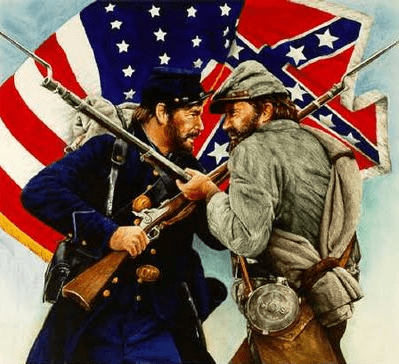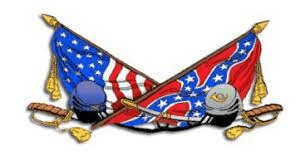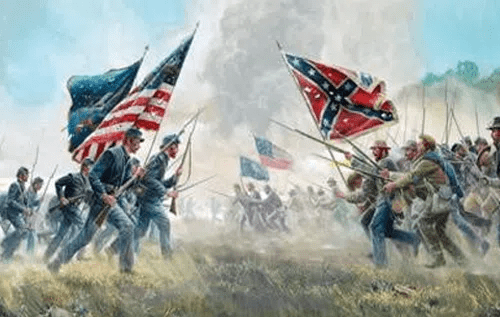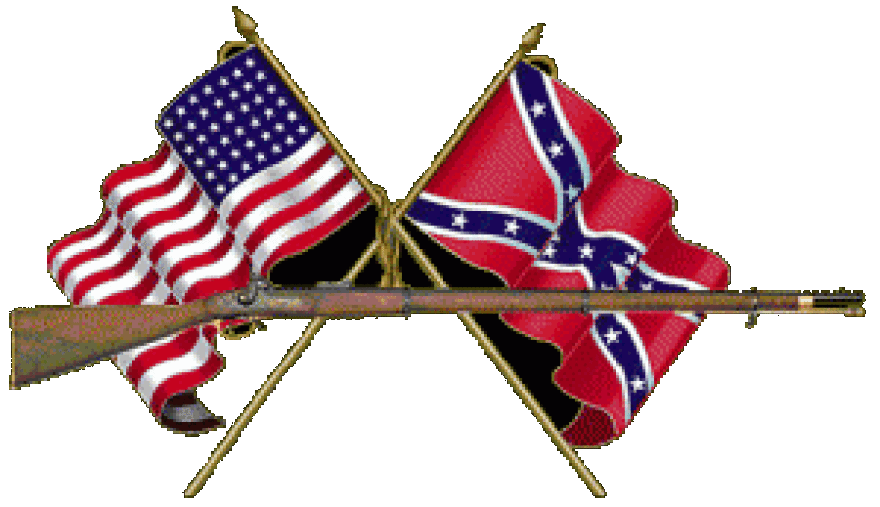12th Alabama Infantry Regiment

12th Alabama Infantry Regiment
Seven Pines, Malvern Hill, Boonsboro, Antietam, Fredericksburg, Chancorsville, Gettysburg, The Wilderness, Petersburg, Appomattox
The 12th Alabama Regiment was organized at Richmond in July 1861, with members from Montgomery and Mobile, and Coffee, Coosa, De Kalb, Jackson, Macon, Morgan, and Pike counties. It was at once moved to the “Potomac front” and first brigaded under General Richard Ewell of Virginia, who was soon after succeeded by General Robert Rodes, of Tuscaloosa. The regiment was near Manassas during the fall and winter, and it moved to Yorktown in the spring, 1862. It was under fire there and suffered lightly at Williamsburg. At Seven Pines, the regiment was in the advance that opened the battle, and it stormed the redoubt held by General Silas Casey’s division, carrying three lines of works by successive charges, and losing 70 killed and 141 wounded. It participated to some extent in the other battles before Richmond (1862), and mustered 120 men for duty after the battle of Malvern Hill. Still under Rodes, and in General Daniel H. Hill’s Division, and brigaded with the 3rd, 5th, 6th, and 26th Alabama regiments (Rode’s Brigade), the 12th was in the advance into Maryland (fall, 1862). It bore a conspicuous part at Boonsboro, and also at Sharpsburg (Antietam), losing in these battles 27 killed, 69 wounded, and 33 missing. Retiring into Virginia with the army, the regiment wintered (1862-1863) on the Rappahannock. It was under fire but not actively engaged at Fredericksburg, II Corps (LTG Thomas J. “Stonewall” Jackson), D. H. Hill’s Division, 1st Brigade (BG Robert Rodes), 12th Alabama (COL Samuel Pickens); but it was in the resistless column of Rodes at Chancellorsville (spring, 1863), where Col. Edward O’Neal led the brigade, and where the 12th charged 3 lines of breastworks and was badly mutilated. It skirmished at Brandy Station, and again led the way over the Potomac. At Gettysburg, it was on the extreme left and pressed the enemy in confusion through the town, then supported General George Pickett’s assault, and afterwards covered the rear II Army Corps (LTG Richard Ewell), Rode’s Division (MG Robert Rodes), O’Neal’s Brigade (COL Edward A. O’Neal), 12th Alabama (COL Samuel Pickens). After the army retired into Virginia, the 12th was engaged in several skirmishes — at Warrenton Springs, Turkey Run, etc. The winter (1864) was passed near Orange Court House, and the regiment, Gen. Cullen Battle now commanding the brigade, II Army Corps (LTG Richard S. Ewell), Rode’s Division, Battle’s Brigade (BG Cullen Battle), was hotly engaged at The Wilderness and Spotsylvania, and in the continuous skirmishing of Grant’s advance movement to Cold Harbor. The 12th then again marched into Maryland when General Jubal Early threatened Washington. It participated at Winchester with very severe loss, and in the further operations of the corps in the Valley. On its return to Petersburg, it took part (now in General John Gordon’s corps) in the struggles around that city, and surrendered at Appomattox in April, 1865. Of the original 1196, about 50 surrendered at Appomattox. And of the 321 recruits received, about 70 were there. Nearly 250 men died of wounds from battle; about 200 died of disease; and 202 were discharged. The battle-flag of the regiment was taken to Mobile after the war and is probably still there.
Field and staff officers: Cols. Robert T. Jones (Perry; KIA, Seven Pines); Bristor B. Gayle (Morgan; KIA, Boonsboro); Samuel B. Pickens (SC; wounded, Spotsylvania, Winchester); Lt. Cols. Theodore O’Hara (KY; transferred); B. B. Gayle (promoted); Samuel B. Pickens (wounded, Boonsboro; promoted); John C. Goodgame (Coosa); Majors E. D. Tracy (Madison; transferred); John C. Brown (Coffee; resigned); B. B. Gayle (promoted); Samuel B. Pickens (promoted); John C. Goodgame (promoted); Adolph Proskauer (Mobile; wounded, Chancellorsville, Spotsylvania); and Adjutants Samuel B. Pickens (promoted); Junius L. Walthall (Mobile; transferred); and L. Gayle (VA)
Captains, and counties from which the companies came:
- Mobile: George Heuilly (until reorganization); Jule L’Etondal (died in service); T. H. Rogers (wounded, Winchester)
- Coosa: Joseph H. Bradford (until reorganization); John C. Goodgame (promoted); Henry W. Cox (KIA, Chancellorsville); Patrick Thomas (KIA, Appomattox)
- Mobile: Augustus Stykes (resigned); A. Proskauer (promoted); F. C. Fischer; E. Karcher
- Coffee: John C. Brown (promoted); T. C. Horn (resigned); E. Tucker (KIA, Sharpsburg); Davis (KIA, Gettysburg); J. McCassells (KIA, The Wilderness)
- DeKalb: W. Higgins (resigned); R. F. Patterson (resigned); W. L. Maroney (resigned); John Rogers (KIA, Spotsylvania); A. Majors (KIA, Snicker’s Gap)
- Macon: R. F. Ligon (until reorganization); Robert H. Keeling (KIA, Seven Pines); J. W. McNeeley (wounded, Chancellorsville; transferred); Robert E. Park (wounded, Gettysburg, Winchester, and captured)
- Jackson: A. S. Bibb (until reorganization); P. D. Ross (wounded, Gettysburg)
- Morgan: B. B. Gayle (promoted); C. A. Darwin (KIA, Seven Pines); A. E. Hewlett (wounded, Winchester, and captured)
- Mobile: W. T. Walthall (transferred); John J. Nicholson (wounded, Seven Pines, The Wilderness)
- Macon: W. H. C. Price (until reorganization); D. H. Garrison (KIA, Sharpsburg); Thomas Fitzgerald (KIA, Chancellorsville); E. H. Rowell
History: “Diary of Robert E. Park,” in Southern Historical Society Papers, I (1876), pp.370-86, 430-437; II (1876), pp. 25-31, 78-85, 173-180, 232-239, 306-315; III (1877), pp. 43-46, 55-61, 127-127, 183-189, and 244-254. Robert Emory Park , “Rodes’ Brigade at Seven Pines,” in Land We Love (Charlotte, NC), vol. IV (1867/68), pp.389-391. Robert Emory Park / Sketch of the Twelfth Alabama Infantry of Battle’s Brigade, Rodes’ Division, Early’s Corps, of the Army of Northern Virginia (Richmond: William Ellis Jones, printer, 1906). “War diary of Robert Emory Park, January 28th, 1863-January 27th, 1864,” in Southern Historical Society Papers, vol. XXVI (1898), pp. 1-31.
The Commanders:
Rodes Alabama Brigade
Robert Emmett Rodes, born in Lynchburg, VA, on 29 March 1829. He graduated from Virginia Military Institute in 1848 and then served as an instructor until 1851 when he went to Alabama to begin a career as a civil engineer. He married and worked for the Northeast & Southwest Alabama Railroad as chief engineer, but just before the Civil War began, he accepted a professorship at VMI. Rodes was appointed Colonel in the 5th Alabama and fought at 1st Manassas after which he was commissioned Brigadier General, 21 October 1861. He, with his brigade, was part of Major General Daniel H. Hill’s Division. During the Peninsular Campaign, Rodes’ Brigade fought at Seven Pines (where Rodes was wounded), Gaines’ Mill, and Malvern Hill and suffered 50% casualties. After Rodes’ recovery, he led his brigade in rear guard action at South Mountain, MD; at Sharpsburg, his brigade helped hold the Confederate center at the “Bloody Lane” where Rodes was again wounded. Again, the brigade suffered severe losses, and it was not engaged at Fredericksburg. Fall and winter enlistments brought the ranks up once more, and Rodes was made division commander when Hill was sent to North Carolina. Rodes led Lieutenant General Stonewall Jackson’s flank attack at Chancellorsville and won him a promotion to Major General. At Spotsylvania, Rodes led the brilliant counterattack at the “Mule Shoe”, but four months later, 19 September 1864, at the third battle of Winchester, he was killed directing a counterattack that allowed Jubal Early’s army to retreat safely.
Edward Asbury O’Neal, born 20 September 1818, in Madison County, Alabama Territory, he attended LaGrange College (graduated 1836) and began the practice of law in Florence, AL, in 1840. He was active in local politics and the secession movement. At the outbreak of war in 1861, he joined the 9th Alabama Infantry and elected major, then lieutenant colonel. In 1862, he received a commission as colonel of the 26th Alabama Regiment and fought in Virginia through 1863 (Peninsular, Sharpsburg, Chancellorsville, and Gettysburg campaigns). O’Neal took command of Rodes’ Brigade when Rodes was promoted to division command. However, his performance did not qualify him for promotion. At Gettysburg, for example, he kept to his 26th Regiment and allowed the other brigade regiments to flounder. His brigadier’s commission was delayed and General Robert E. Lee appointed Brigadier General Cullen A. Battle brigade commander, angering O’Neal enough that he requested a transfer. President Jefferson Davis canceled the promotion and sent O’Neal and his regiment to the Atlanta front. After the fall of that city, O’Neal was relieved, sent to duty with the Conscription Bureau in Alabama, and served out the war there. O’Neal resumed his legal and political activity during the Reconstruction period and was elected governor of Alabama in 1882 and 1884. After he retired to Florence, he died there, 7 November 1890.
Cullen Andrews Battle, born 1 June 1829, in Powelton, Georgia. Without formal military training, Battle was a capable combat officer who learned the art of war with his troops. He distinguished himself as first a regimental, then a brigade commander. Battle moved with his family to Eufaula and entered the state university to study law. He became an attorney in 1852 and was an ardent secessionist. He joined a local militia company and offered his services to Alabama immediately after the state seceded. He was commissioned lieutenant colonel in the 3rd Alabama Infantry Regiment and saw his first action at Seven Pines. He was then promoted to colonel and the regiment joined Rodes’ Brigade where Battle continued to serve until war’s end. At South Mountain, 14 September 1862, Battle faced 3 veteran Federal brigades while defending a barren hill north of the gap. In the onslaught, the 3rd Alabama broke, but Battle reacted with cool efficiency; likewise, at Antietam defending the “Bloody Lane,” Battle and his men fought courageously. Rodes’ Alabama Brigade, held in reserve, saw limited action at Fredericksburg, but at Chancellorsville, Battle participated in the division’s surprise attack against the Union right flank. His performance at Gettysburg earned him promotion to brigadier general (on 25 August, dating from 20 August, 1863) and command of (now) Battle’s Alabama Brigade. During the battles of 1864, the Alabamians suffered heavy casualties at The Wilderness, Spotsylvania, and in the Shenandoah Valley. In this last campaign, Battle led his brigade in a brilliant counterattack at 3rd Winchester before he was severely wounded at Cedar Creek (19 October 1864). The wound was incapacitating throughout the rest of the war. After the surrender, Battle resumed his law practice in Alabama. He was elected to Congress in 1868 but refused to take the “ironclad oath.” He eventually moved to New Berne, North Carolina, where he edited a newspaper. He died in Greensborough, 8 April 1905.



